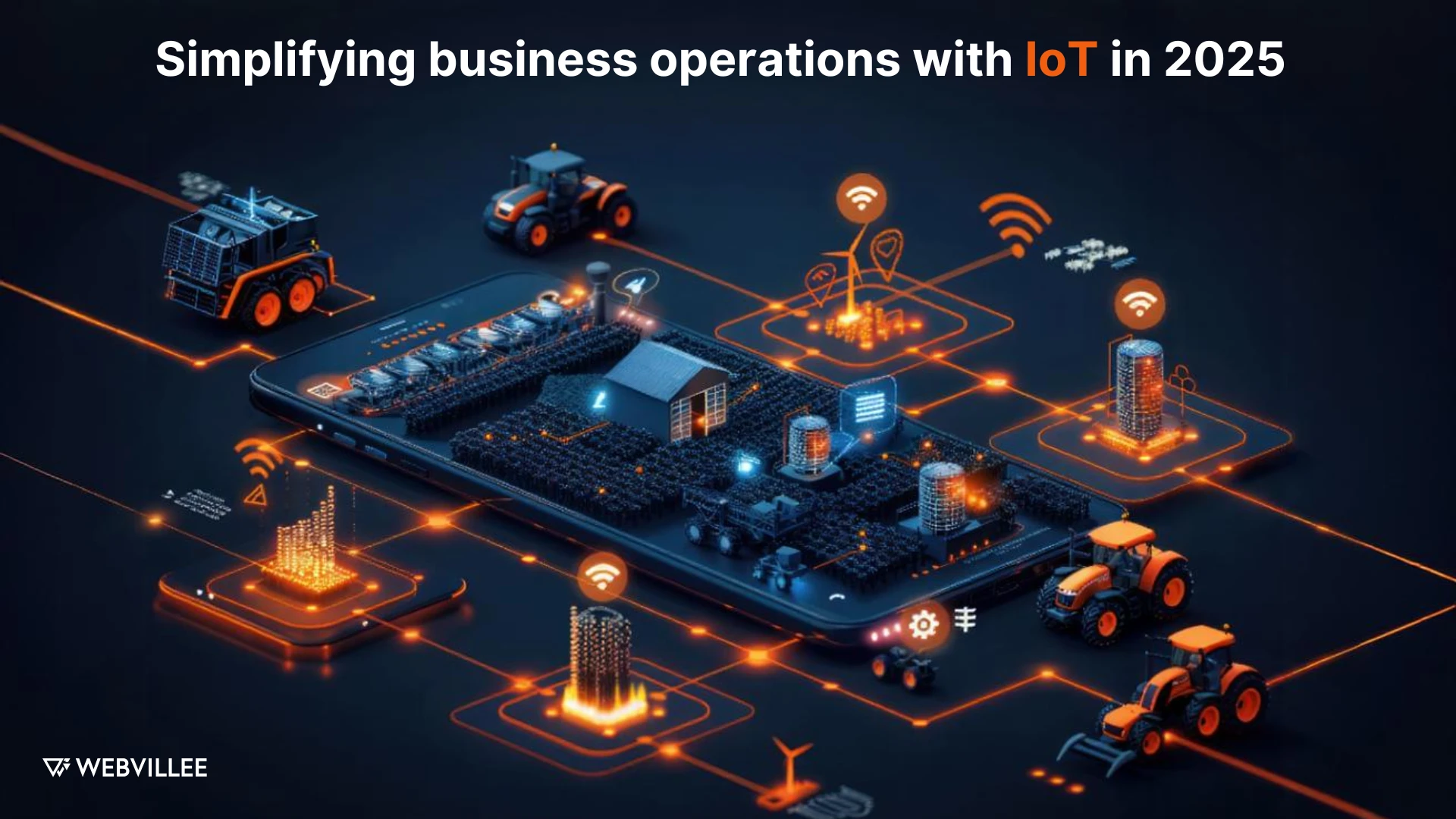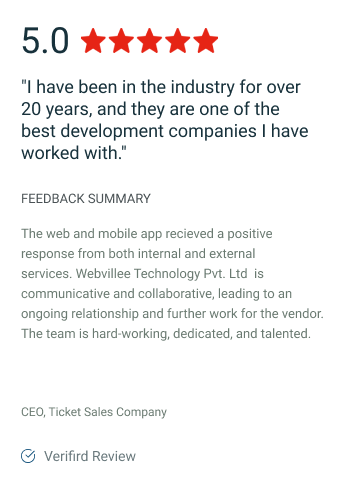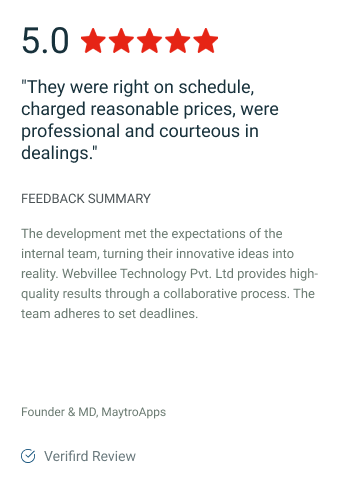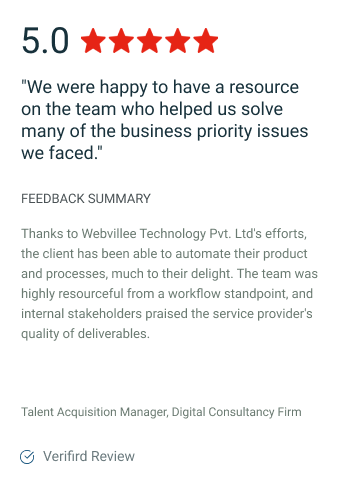IoT in enterprise operations is no longer experimental. It has become a practical, cost-saving tool for businesses across industries. From manufacturing floors to logistics hubs, companies are using IoT to improve visibility, reduce delays, and automate routine tasks.
In 2025, adoption is growing faster as sensor costs fall, networks improve, and cloud platforms make it easier to integrate data. These shifts are shaping new IoT enterprise trends, where success is measured by real efficiency gains, not just technical innovation.
This blog explores six ways businesses are using IoT to simplify and streamline daily operations. Each example focuses on a clear, measurable outcome, whether it’s faster decision-making, less manual work, or better use of resources.
If you’re exploring how to move from disconnected systems to real-time intelligence, these use cases will give you a solid starting point. Let’s look at how enterprise IoT is delivering impact where it matters most.
Real-time Asset Tracking and Inventory Visibility
Keeping track of tools, equipment, and inventory can be a challenge, especially in large facilities or across multiple locations. IoT makes this process simpler by offering real-time visibility through connected sensors and devices.
With smart tags, RFID, and GPS-enabled trackers, businesses can monitor the exact location and status of their assets without relying on manual entry or spreadsheets.
What this enables:
- Live tracking of inventory movement across warehouses
- Automatic stock level updates and reordering triggers
- Real-time alerts for misplaced or inactive equipment
- Location data for field tools and mobile assets
This level of visibility reduces losses, lowers the need for routine checks, and ensures assets are used more efficiently.
Benefits include:
- Faster and more accurate inventory audits
- Fewer delays in production or delivery due to missing items
- Improved forecasting and resource planning
Many teams are turning to Simplified IoT Solutions to integrate tracking into their existing systems without a complete overhaul. These solutions can plug into ERP platforms or custom dashboards, making adoption easier and more affordable.
Real-time asset tracking helps teams spend less time searching for equipment and more time using it. That small shift in visibility can unlock big improvements in daily operations.
![]()
Predictive Maintenance for Equipment and Infrastructure
Maintenance issues can bring operations to a halt. Equipment failure not only delays production but also drives up repair costs and safety risks. One of the most valuable uses of IoT in enterprise operations is predictive maintenance.
With sensors installed on machines, motors, or pipelines, teams can collect data on temperature, vibration, usage hours, and more. This data helps detect early signs of wear before they turn into failures.
Key capabilities include:
- Real-time monitoring of performance metrics
- Automated alerts when values exceed normal ranges
- Historical data analysis to predict failure patterns
- Maintenance scheduling based on usage instead of fixed intervals
Benefits of this approach:
- Fewer unexpected breakdowns
- Reduced maintenance costs over time
- Longer equipment life and safer working conditions
- Less disruption to operations
For example, instead of shutting down a conveyor belt every month for routine checks, IoT sensors can monitor its activity and only trigger maintenance when needed. This helps avoid unnecessary downtime and focuses technician time where it’s actually required.
Predictive maintenance is a smart step forward for enterprises with aging infrastructure or high-value assets. It turns reactive maintenance into a proactive, data-driven process. By staying ahead of equipment failures, companies can keep things running smoothly while saving money and time.
Smart Manufacturing with Connected Machines
Manufacturing plants generate a huge amount of data, but much of it goes unused. IoT helps unlock that data by connecting machines, sensors, and control systems to work together in real time.
With connected machines, manufacturers can automate routine processes, spot inefficiencies, and respond to issues faster. This leads to better use of resources, fewer delays, and higher product quality.
What IoT enables on the factory floor:
- Machine-to-machine communication for coordinated actions
- Real-time monitoring of temperature, pressure, speed, or downtime
- Automatic adjustments based on production targets
- Alerts for deviations from set parameters
Benefits of smart manufacturing include:
- Reduced human error through automated workflows
- Quicker identification of bottlenecks or defects
- Lower waste and higher output consistency
- Improved energy use and equipment uptime
For example, if a packaging machine slows down unexpectedly, the upstream conveyor can adjust its speed to avoid piling up materials. Maintenance teams also receive alerts before the slowdown becomes a bigger issue.
This type of factory visibility helps teams make quick decisions and reduce their reliance on manual supervision. IoT brings a more connected and responsive environment to manufacturing, which supports both efficiency and growth.
Smart manufacturing is not just for large factories. Even mid-sized operations can benefit by starting with specific areas and scaling gradually based on results.
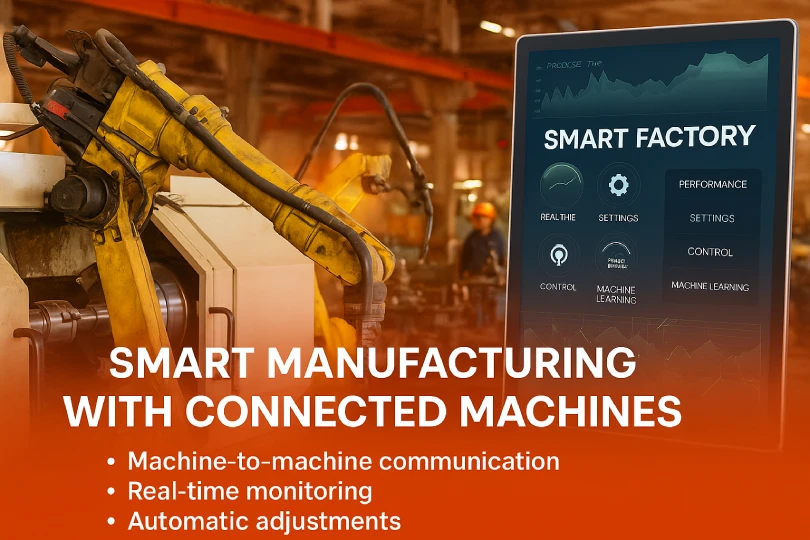
Energy Monitoring and Resource Optimization
Managing energy and resource use is not just about cutting costs. It is also about building sustainable operations. One of the rising applications of IoT in enterprise operations is real-time energy monitoring.
With smart meters and IoT sensors, businesses can track electricity, water, and fuel consumption across buildings, machines, and remote sites. This visibility helps teams understand exactly where energy is being used, where it’s wasted, and how to make better decisions.
Common use cases include:
- Monitoring energy consumption by equipment or production line
- Identifying peak usage times and high-cost areas
- Detecting leaks or abnormal spikes in water or gas usage
- Automating lighting, HVAC, or machine shutdowns during idle hours
Benefits of IoT-based energy monitoring:
- Reduced energy bills and operational costs
- Less manual effort in tracking and reporting
- Improved compliance with environmental standards
- Data-driven support for sustainability initiatives
For example, a factory using IoT-enabled meters may discover that certain machines consume more energy during specific shifts. Adjusting operations or replacing inefficient equipment can lead to long-term savings.
Resource optimization becomes easier when you have data at your fingertips. Whether it’s powering down unused spaces or improving equipment scheduling, IoT helps make every unit of energy count. And for businesses focused on both efficiency and sustainability, this approach adds long-term value.
IoT Integration with ERP and Business Systems
Collecting data from sensors is useful, but the real value comes when that data flows into your core systems. Integrating IoT with ERP and other business platforms helps automate decisions and improve response times.
Instead of manually entering data or checking dashboards in different places, IoT-enabled systems can push updates directly into ERP modules. This makes it easier to act on real-time insights without slowing down workflows.
What IoT-ERP integration can automate:
- Stock level monitoring and automatic reorder triggers
- Service alerts based on equipment usage data
- Compliance reports generated from sensor logs
- Resource allocation based on machine availability or capacity
Benefits of integrating IoT with business systems:
- Faster decision-making across departments
- Fewer manual updates and lower risk of data entry errors
- Real-time coordination between operations, supply chain, and finance
- Better planning based on actual usage and conditions
For example, a temperature sensor in a storage facility can send an alert to the ERP when thresholds are breached. The system can automatically schedule a technician visit, update the maintenance log, and flag the event in the compliance report.
By connecting devices to decision systems, IoT gives enterprises a clearer picture of what’s happening and what needs to happen next. It turns disconnected processes into a streamlined, automated flow that supports better outcomes at every level.
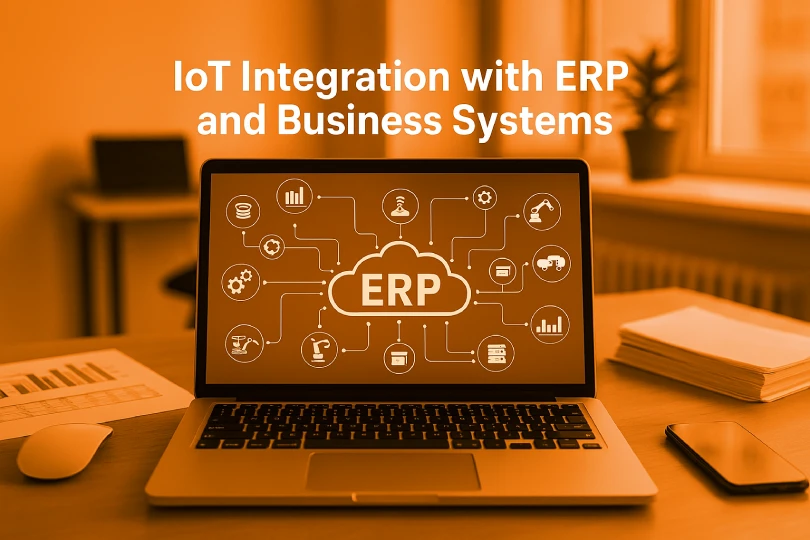
Remote Monitoring for Field Operations and Logistics
Field operations and logistics often suffer from one big challenge: lack of real-time visibility. With mobile teams, delivery vehicles, and equipment spread across regions, staying informed becomes difficult. This is where IoT in enterprise operations plays a powerful role.
Using GPS trackers, RFID tags, and wireless sensors, businesses can monitor the movement and condition of assets in the field. Whether it is a delivery truck, a technician’s vehicle, or rented machinery, location and status updates can be accessed in real time.
Key features of remote monitoring include:
- Live GPS tracking of fleet vehicles and delivery routes
- Condition monitoring for cold-chain or sensitive goods
- Real-time updates on delays, route changes, or stoppages
- Alerts for unauthorized movement or unexpected events
Operational benefits:
- Fewer delays and better route planning
- Faster response to field issues or customer inquiries
- Improved asset utilization and accountability
- Better safety and compliance tracking
For example, a logistics team can see if a delivery truck is off schedule, reroute it, and notify the customer without needing manual updates.
Remote monitoring adds a layer of control that was previously unavailable in field-heavy operations. With IoT, teams get instant answers instead of waiting for reports. This makes logistics smoother, communication easier, and fieldwork more efficient at every step.
How Webvillee Helps You Build and Scale IoT Solutions
IoT success depends on how well your systems talk to each other. At Webvillee, we help businesses connect devices, data, and enterprise platforms to build solutions that work in real time.
Our services cover the full spectrum of IoT integration, from device connectivity to backend dashboards and workflow automation. We also support custom software development when off-the-shelf tools fall short and offer ERP and cloud solutions to ensure your systems stay scalable.
We can help you:
- Integrate IoT data with your existing ERP or CRM platforms
- Develop tailored applications for monitoring or control
- Build dashboards that turn sensor data into decisions
- Ensure secure, reliable, and maintainable system architecture
If you’re exploring where to begin or how to improve your current setup, feel free to Get in Touch with our team. We’re here to help you move forward with clarity and confidence.

